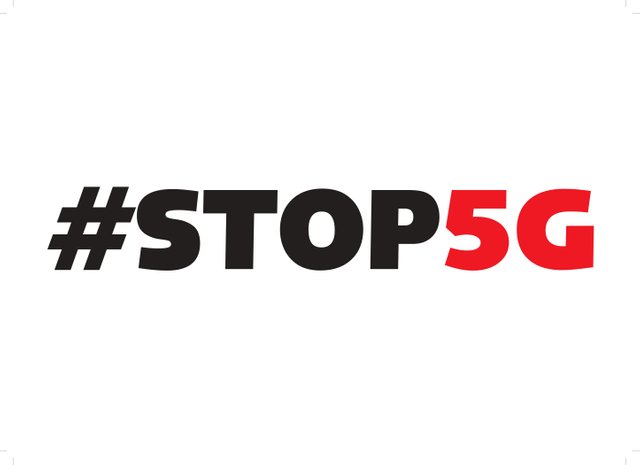18 novembre 2019 oasisana
5G, Dark Plots Loom On The Horizon. “They want to stop the re-classification of cancer by electrosmog?” Scientists fear the techno-dictatorship – EXCLUSIVE OASI SANA INQUIRY
by Maurizio Martucci
5G, dark plots loom on the horizon. “We are all concerned, we scientists in the firing line.” More than a rumour has leaked from Lyon. From the offices of the International Agency for Research on Cancer (IARC) there are those who fear a real coup to kill the long-awaited update of the black list, thus promoting the advance of 5G by passing it off as less dangerous for humanity and the ecosystem by keeping the electro-smog in its current 2B Class (possibly carcinogenic).
This rather well-founded suspicion has alarmed an influential group of scientists gathered in France to address the priorities list, with non-ionizing radio wave frequency for months now expected to be added to the reclassification of carcinogens (for 2020-2024 with a leap forward from Class 2B to 2A (probable carcinogen), even if not into Class 1 (carcinogenic to humans), potentially shaking the foundations for 5G. The lid is off the Pandora’s box in the battle for public health, increasingly threatened by this invisible danger, potentially ending the controversy over electromagnetic hazards fought with contrasting studies, courtrooms shenanigans and with traps and tricks in the results.
However, an unexpected announcement by the World Health Organization (WHO) stunned all concerned. A few days ago it issued a rather rushed public invitation addressed to unspecified teams of experts (given 30 days, until November 4th 2019) to manifest their interest in undertaking a systematic review on the dangers of non-ionizing radio frequencies. A final twist in the plot leaving room for a disturbing interpretation. If only because the IARC (which should take care of the ‘; cancer reclassification’; on the basis of the independent findings of the National Toxicology Program and the Ramazzini Institute) is a WHO a department , which could thus undermine the review planned by the IARC, confirming a systematic review (it’;s not clear entrusted to whom, because it should then be processed at very short notice and especially without budget: cui bono?).
In short, three clues which for the well informed indicate a dark shadow looming over the light of objectivity. A disturbing planned strategy to mystify the evidence, “even if the WHO reassesses the dangers of electromagnetic fields to reach the conclusion that they are not dangerous, it will prevent the IARC to proceed with the planned evaluation. And it will, as in all likelihood, decree the safety of the said radio frequencies and the IARC reclassification will take place… ubi major minor cessat! “The concern stems from unedifying precedents: on the subject of electro-smog, in the past the WHO has been object of fierce criticism and accusations of conflicts of interests with ties to the industry because of some of its prominent members, including Michael Repacholi, in 2002 head of the WHO project on radio frequencies, and the manual “How to establish a dialogue on risks from electromagnetic fields“ ,translated into Italian by Paolo Vecchia (National Institute of Health) and published by the Elettra 2000 Consortium.
Main actor on the world scene for nearly 30 years, Repacholi is the former WHO project chief and former head of theInternational Commission for the Protection from Non-Ionizing Radiation (ICNIRP,a private organization based in Germany which stubbornly insists on only considering thermal effects and peak of irradiation. Worldwide safety standard guidelines are based on its standards which thus rule out any biological damage). But according to a report filed at the Court of Monza by the consultantAngelo Gino Levisin a first instance casewon in 2019 by a worker who fell ill with cancer in which the court recognized the link with electrosmog, for Repacholi “ financial disclosure has never been a priority and the details of the budget and of the financing of the WHO Project were kept very carefully. Even when the mobile phone industry has admitted that it was providing annual six digit contributions to the WHO project, Repacholi kept it all very muddy. The ICNIRP finances are no longer transparent. Repacholi left the WHO in 2006 and immediately became an industry consultant. On his first appearance he was accused of distorting the still unpublished report for the benefit of his corporate clients. Later, stating that he wanted to “put the record straight” Repacholi revealed that half of the financing of the WHO project had come from the industry. By taking money from Motorola and trade associations, among other things, he violated the WHO rules. Repacholi found a solution bypassing the money – denigrating – through the Royal Adelaide Hospital in Australia, where he had been chief scientist from 1983 to 1991. The WHO closed its eyes and cashed the checks. The industry has been rewarded with a place at the WHO dinner table.”
